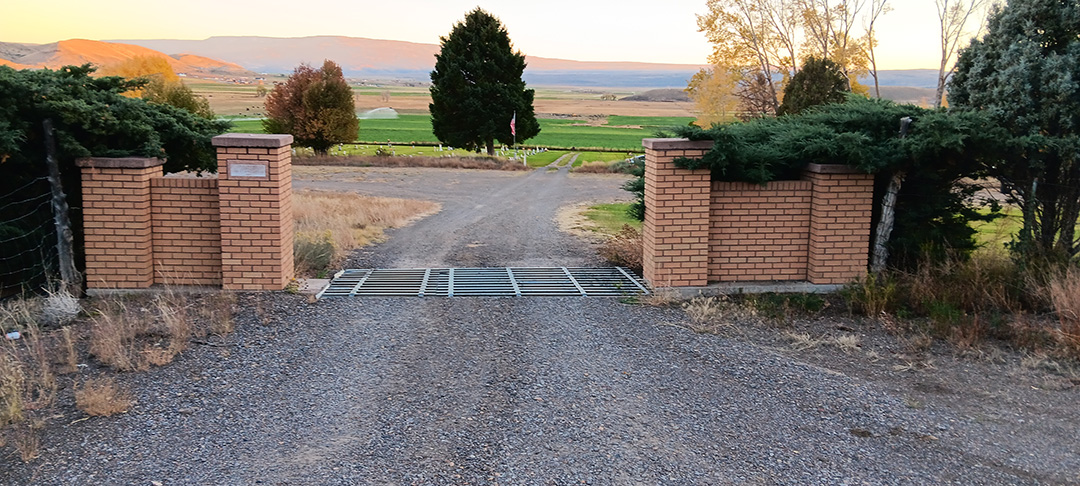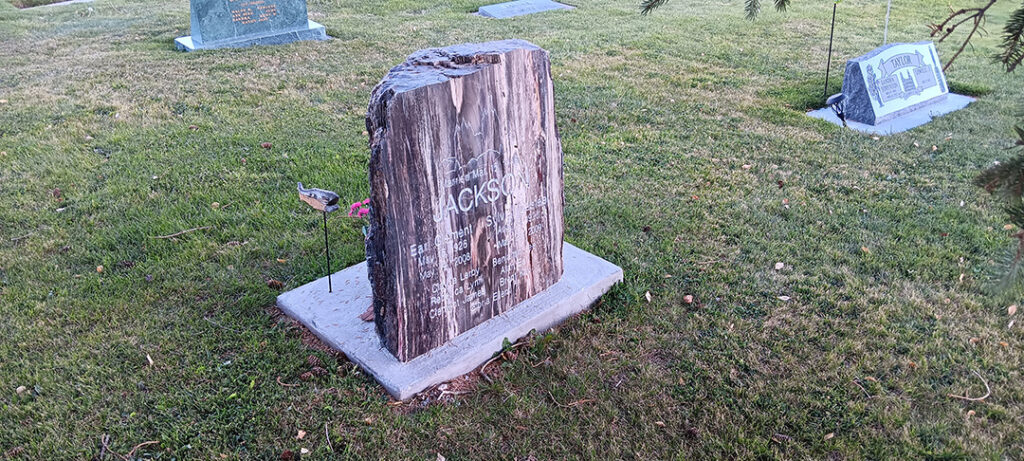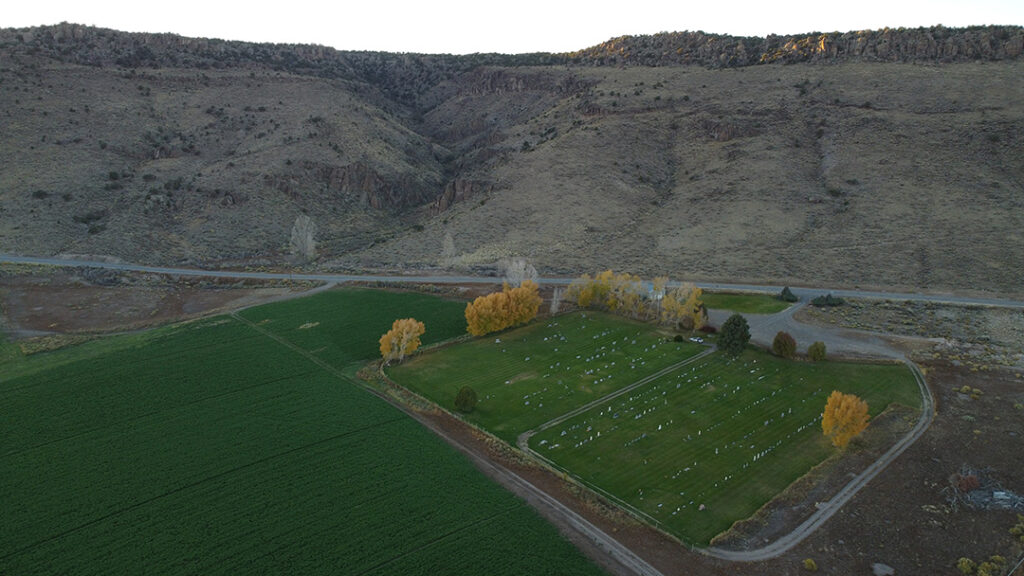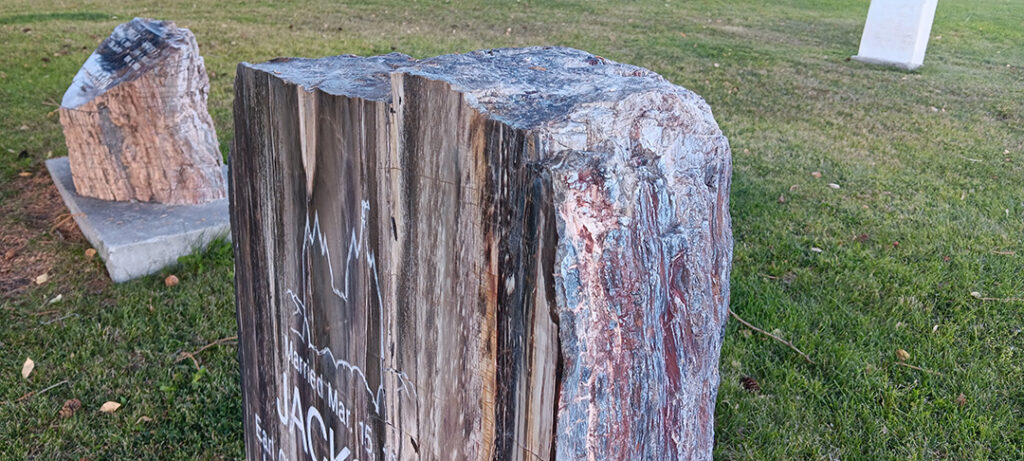Exploring Unique Burial Traditions in Southeastern Tennessee
On a recent cemetery exploration in Madisonville, Tennessee, I discovered two fascinating grave features: a Grave House and a Barrel-Vaulted gravesite. As part of my journey as The Cemetery Detective, I documented these rare burial structures, which offer insights into local traditions, historical preservation, and unique forms of grave architecture in Southeastern Tennessee.
The Grave House: A Structure of Protection and Respect
The Grave House, found in select cemeteries across the southern United States, was likely built to protect the deceased from the elements and animals. Built directly over two gravesites, this small structure resembles a miniature house, complete with a sloped roof and open sides surrounded by braided-wire fencing. Historians believe grave houses may have served as protective shelters, preserving the grave from weather-related erosion and wildlife interference. The symbolic significance of this structure may also act as protection to the gravesites, a continuation of the protection the house gave while they were alive on earth.
Although mostly found in Upland South cemeteries within Tennessee, Alabama, and Mississippi, I have found structures resembling Grave House in other parts of the country and the world. However, their designs vary with the regions within which they are found.
In Madisonville, this Grave House was well-preserved, displaying painted woodwork as evidence of care by descendants or the local community. As I captured this on video, I couldn’t help but reflect on how this regional tradition may provide grieving families a unique way to memorialize their loved ones. The structure itself and the maintenance of the structure both physical protection of the gravesites and a lasting tribute to the memory of the deceased.
The Barrel-Vaulted Grave Covering: A Unique Architectural Style
Immediately adjacent to the Grave House, I discovered a rare Barrel-Vaulted gravesite. Unlike traditional flat or angled grave covers, this barrel vault is a rounded arch structure, crafted from red bricks covering the entire length of the grave. This distinctive mounded design may be inspired by European grave architecture. I have seen similar structures in my travels in Spain and Italy
Barrel-vaulted graves reflect an era when grave-building involved extensive masonry work, often at a significant cost of money and time to the family. In addition to its structural integrity, this vault shape may also signify a spiritual “vaulting” over the deceased, a notion possibly rooted in religious or cultural practices. It’s rare to find such an intact example of this barrel-vaulted grave covering design.
Preserving Historical Grave Sites
As I document unique gravesites and burial practices, it’s essential to recognize the importance of preserving these structures as well as the lives and the memories of the people they protect. Grave Houses and Barrel Vaults represent a tangible connection to past burial traditions and offer valuable insights into the customs, religious beliefs, and aesthetic preferences of earlier communities. By sharing these discoveries on The Cemetery Detective, I aim to raise awareness of these historical markers and the stories they hold.




